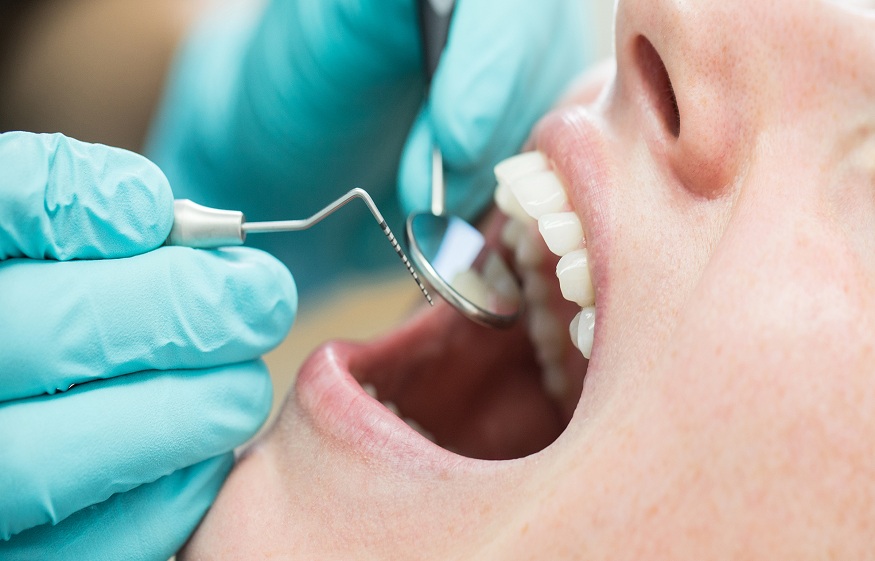Dentures are intended to replace missing teeth. They can be taken out and put back in the mouth. It takes time to get used to these appliances, which never give the impression of having natural teeth, but today’s dentures look very natural and are more comfortable than before.
What is a dental prosthesis?
Full dentures are attached to your gums by a flesh-colored acrylic base. The base of the upper prosthesis covers the palate (the vault of the mouth), while that of the lower prosthesis is horseshoe-shaped; to make room for your tongue.
Dental prostheses are made to measure in a dental laboratory, from impressions taken in the mouth. Your dentist can determine which type of dentures described below are best for you.
Classic Full Denture
A classic full denture is placed in your mouth after all remaining teeth have been extracted and the tissue has healed. Healing can take several months, during which you remain toothless.
Immediate
complete denture An immediate complete denture is inserted after the extraction of the remaining teeth (your dentist takes measurements and creates impressions of your jawbone during an initial visit). While immediate dentures offer the advantage of never having to be removed from your mouth, they must be realigned a few months after being inserted, because the bone supporting the teeth heals again, detaching the denture.
Partial
prosthesis A partial prosthesis is based on a metal frame that attaches to your natural teeth. Crowns are sometimes placed on natural teeth to serve as an anchor for the prosthesis. Partial dentures are a removable alternative to bridges.
How long will it take me to get used to my dentures?
A new prosthesis may seem inconvenient or uncomfortable for the first few weeks, or even the first few months. It takes a bit of getting used to eating and talking. A feeling of discomfort or mobility is not uncommon, and it is necessary to wait until the muscles of the cheeks and the tongue learn to hold the prosthesis in place. Excessive saliva flow, a feeling of lack of room for the tongue, and mild irritation or localized tenderness are also common. If irritation occurs, see your dentist.
What is the lifespan of a dental prosthesis?
After a few years, your dentures wear out and need to be realigned, redone or rebased. Rebasing consists of redoing the base of the prosthesis, while keeping the existing teeth. Also, as you age, the shape of your mouth naturally changes. These changes cause your dentures to come loose, making it difficult to chew and irritating the gums. Make an appointment at least once a year with your dentist for a complete examination.
Here are some tips for taking care of your dentures.
Manipulate your prostheses over a folded towel, basin or sink filled with water. Dentures are fragile and can break when they fall.
Be careful not to drop your prosthesis. Soak it in soaking solution or plain water when you are not wearing it. Never use hot water, as this may warp it.
Brush your prosthesis well every day to remove all traces of food and plaque, and prevent it from staining. You can use an ultrasonic cleaner, but it does not replace daily brushing.
Brush your gums, tongue and palate every morning with a soft toothbrush before putting on your prosthesis. This stimulates circulation in the tissues and eliminates plaque.
Consult your dentist if your prosthesis breaks, chips, cracks or comes off. Do not attempt to repair it yourself. You risk damaging it further.

